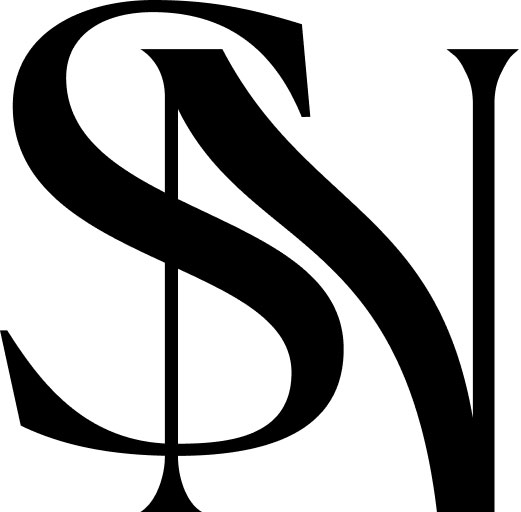Restore breathing function and improve nasal airflow with functional rhinoplasty in Chicago, a surgical solution for structural issues such as a deviated septum, nasal valve collapse, or trauma-related deformities. Dr. Sahar Nadimi specializes in achieving both functional and aesthetic harmony, ensuring patients can breathe freely and feel confident.
Improve nasal function and breathe freely
Functional rhinoplasty is a specialized surgical procedure that improves nasal function by addressing structural abnormalities that impair breathing. Unlike cosmetic rhinoplasty, which focuses on appearance, functional rhinoplasty targets issues like a deviated septum, enlarged turbinates, nasal valve collapse, or trauma-related deformities. These conditions can cause chronic nasal congestion, difficulty breathing, or sleep issues. By reshaping and reinforcing the nasal structures, functional rhinoplasty restores proper airflow while maintaining or enhancing the nose’s natural appearance.

Functional rhinoplasty treats:
- Deviated septum causing airway obstruction
- Collapsed nasal valves limiting airflow
- Chronic nasal congestion unresponsive to medical treatment
- Breathing difficulties due to trauma or injury
- Enlarged turbinates contributing to nasal obstruction
- Structural abnormalities from prior nasal surgeries
- Congenital nasal deformities affecting function
- Snoring or sleep disturbances linked to nasal blockage
Dr. Sahar Nadimi's functional rhinoplasty Options
Overview
Functional rhinoplasty in Chicago is a surgical procedure that restores nasal function by addressing structural abnormalities. Dr. Nadimi often performs these surgeries at the VA hospital for patients with significant post-traumatic nasal deformities that severely impact breathing. Below are the specific techniques used in functional rhinoplasty.
Septoplasty
A deviated septum occurs when the central nasal cartilage and bone are misaligned, obstructing one or both nasal passages. During septoplasty, Dr. Nadimi carefully removes or repositions the deviated portions of the septum while preserving its structural integrity. The procedure involves making an incision inside the nose to access the septum, correcting deviations, and stabilizing the cartilage with sutures or grafts if necessary. This ensures unobstructed airflow.
Turbinate reduction surgery
Inferior turbinates, which filter and humidify inhaled air, can become chronically swollen due to allergies, inflammation, or anatomical enlargement. Dr. Nadimi uses advanced techniques, such as submucosal resection, where excess tissue is removed while preserving the mucosal lining, or radiofrequency ablation to reduce turbinate size. These methods minimize obstruction without compromising the turbinates’ essential functions, allowing for improved airflow and breathing.
Nasal valve repair
The internal and external nasal valves are critical for maintaining airflow. Collapse or weakness in these areas can impede breathing. Dr. Nadimi repairs nasal valve dysfunction by reinforcing the structures with cartilage grafts, such as spreader grafts or alar batten grafts, to support the internal or external valves. These are harvested from the septum, ear, or rib and strategically placed to provide structural support, ensuring the valves remain open during respiration.
Nasal fracture repair
Traumatic injuries to the nasal bones and cartilage often result in displacement, asymmetry, and functional compromise. Dr. Nadimi performs precise realignment of fractured nasal bones and reconstructs damaged cartilage to restore the nasal framework. Osteotomies (controlled bone cuts) may be performed to reset displaced bones, while cartilage grafts or sutures are used to rebuild and stabilize the nasal architecture, ensuring both functional and aesthetic restoration. If you’ve received a traumatic injury, functional rhinoplasty in Chicago can help restore your nose function, appearance, and overall well-being.
Benefits of functional rhinoplasty:
- Improved nasal airflow and breathing function
- Relief from chronic nasal congestion and obstruction
- Correction of structural issues causing breathing difficulties
- Restoration of nasal symmetry after trauma or injury
- Reduced snoring and improved sleep quality
- Enhanced quality of life through better oxygen intake
- Preservation or improvement of the nose’s natural appearance
- Long-lasting results with minimal impact on nasal functionality

Functional rhinoplasty FAQs
What is the Difference Between Functional Rhinoplasty and Cosmetic Rhinoplasty?
The primary difference lies in the purpose of the procedure. Functional rhinoplasty focuses on restoring proper nasal function by correcting structural issues that obstruct airflow, such as a deviated septum, enlarged turbinates, or nasal valve collapse. Cosmetic rhinoplasty, on the other hand, is performed to enhance the appearance of the nose, addressing concerns like size, shape, or symmetry. In many cases, both goals can be achieved in a combined procedure.
Am I a Candidate for Functional Rhinoplasty?
You may be a candidate if you experience chronic nasal congestion, difficulty breathing through your nose, snoring, or sleep disturbances due to nasal obstruction due to a deviated septum, nasal valve collapse, or trauma-related deformities. During your consultation, Dr. Nadimi will perform a thorough evaluation to determine the underlying cause of your symptoms and whether functional rhinoplasty is the right solution for you.
Will Functional Rhinoplasty Change the Appearance of My Nose?
Functional rhinoplasty primarily aims to improve nasal function, but it can sometimes result in subtle changes to the appearance of your nose. For example, straightening a deviated septum or repairing a collapsed nasal valve may enhance the nose’s symmetry. If you have specific concerns about the appearance of your nose, Dr. Nadimi can discuss combining functional and cosmetic rhinoplasty to achieve both functional and aesthetic goals.
Is the Recovery Process Painful?
While every patient’s experience is different when getting functional rhinoplasty in Chicago, most describe the recovery as uncomfortable rather than painful. During the first week, you may feel congestion, mild swelling, and pressure in your nose. Pain is usually well-managed with over-the-counter medications or prescribed pain relief. Dr. Nadimi provides detailed aftercare instructions to ensure a smooth recovery.
How Long Does It Take to See Results?
As swelling subsides, initial improvements in breathing are often noticeable within the first few weeks. However, full healing and stabilization can take several months. Dr. Nadimi will schedule follow-up visits to monitor your progress and ensure your nose is healing properly.
Are the Results Permanent?
Yes, functional rhinoplasty typically produces permanent results. By correcting the structural issues that impair function, the improvements in airflow and breathing are long-lasting. However, natural aging, trauma, or medical conditions could affect nasal function over time.
Can Functional Rhinoplasty Be Performed on Teenagers?
Yes, functional rhinoplasty can be performed on teenagers, particularly if structural issues are significantly affecting their breathing or quality of life. Dr. Nadimi carefully evaluates younger patients to ensure they are good candidates and considers factors such as facial growth and maturity before recommending surgery.

Why Choose Dr. Sahar Nadimi for Functional Rhinoplasty in Chicago
Dr. Sahar Nadimi is a double board-certified facial plastic surgeon and clinical faculty member at Loyola University Medical Center. With expertise in complex post-traumatic and functional rhinoplasty in Chicago, she is known for her meticulous technique and dedication to achieving natural, balanced results. Dr. Nadimi frequently performs advanced surgeries at the VA hospital, addressing severe functional impairments with precision and care. If you have had a prior rhinoplasty and are experiencing complications, Dr. Nadimi is also highly experienced in revision rhinoplasty to correct structural and aesthetic concerns.
Schedule a consultation with Dr. Nadimi to explore how functional rhinoplasty can improve your breathing and overall quality of life.


